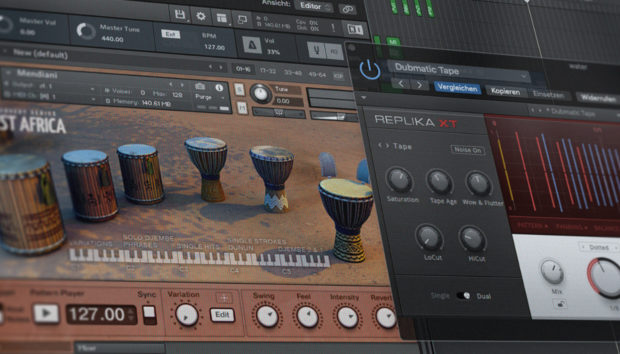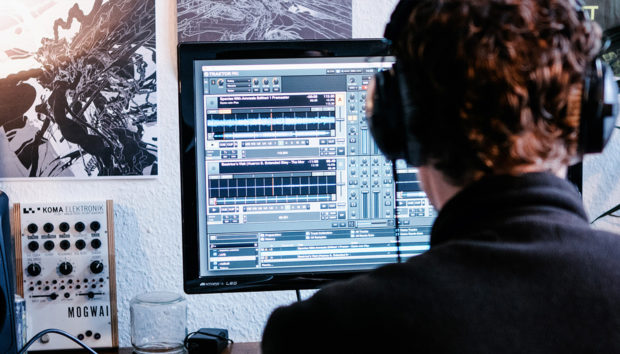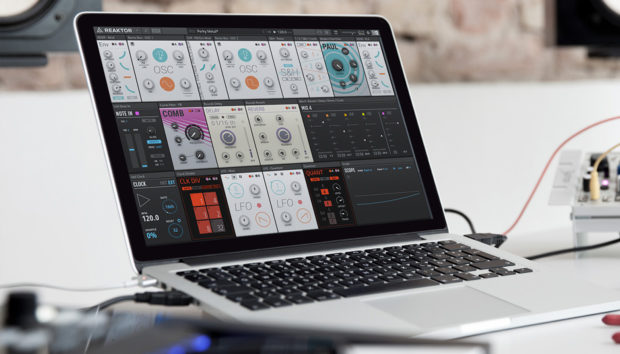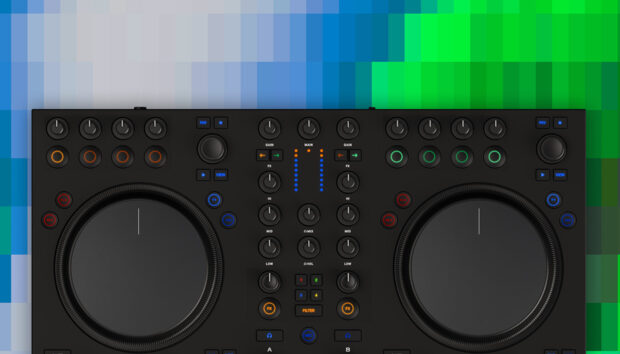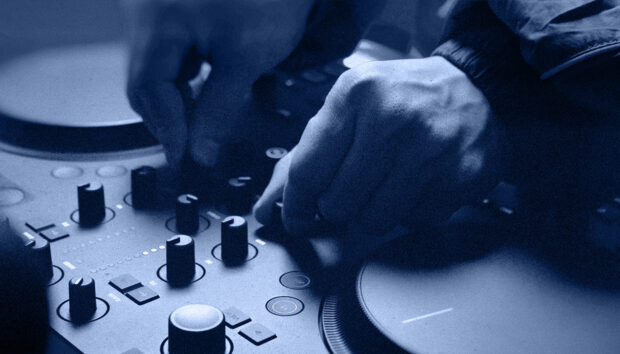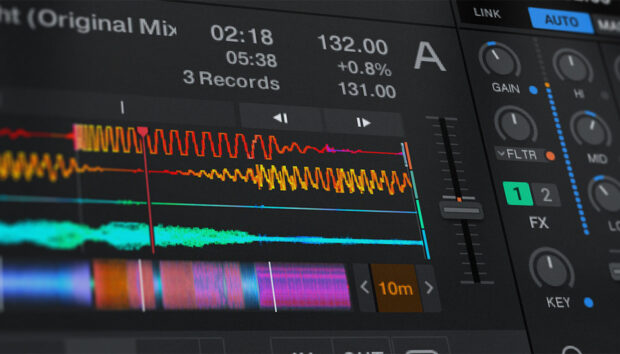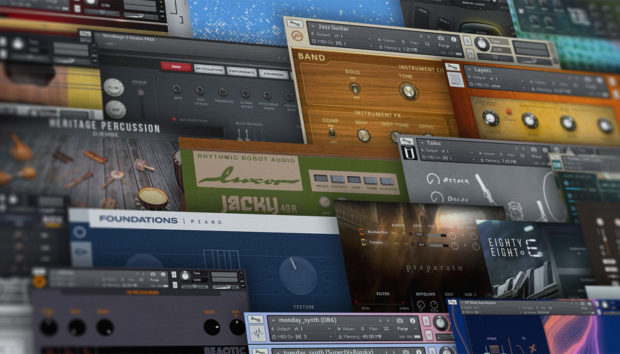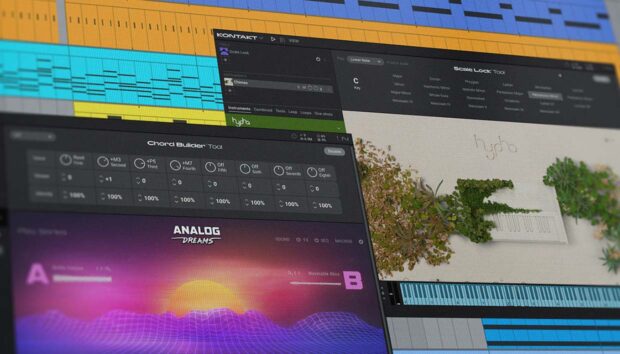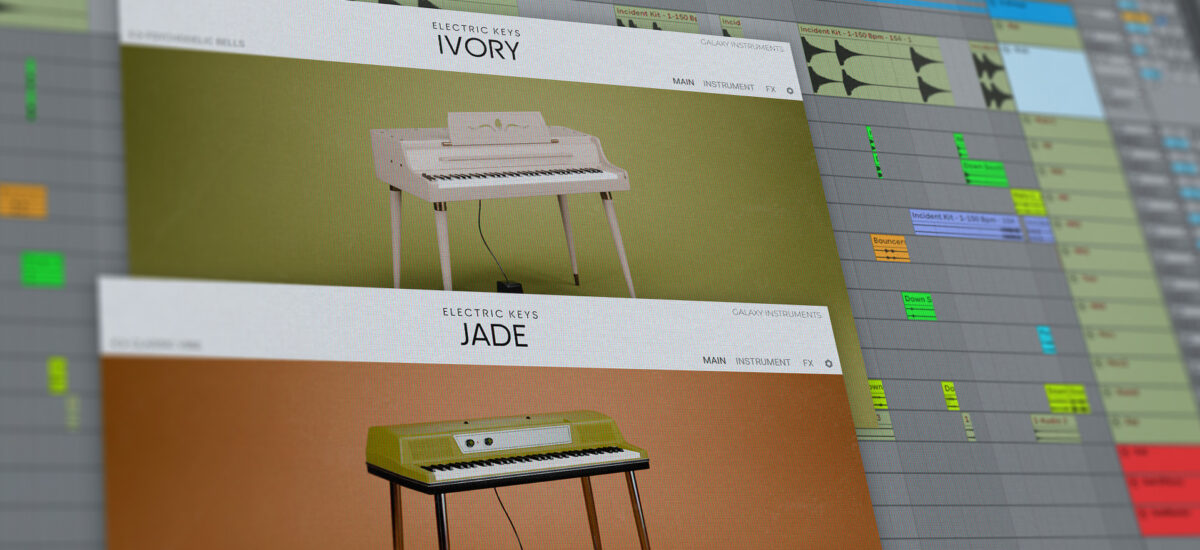
The electric piano is one of the mid-20th century’s greatest musical innovations, creating silky smooth timbres to harmonically rich tones and everything in between.
While most commonly heard in soul and jazz, electric pianos also became popular in pop, rock and electronic music as well. The most well-known electric piano manufacturer is arguably Rhodes, though Hohner and Wurlitzer produced well-regarded electric pianos too.
In this guide we’re going to look specifically at Wurlitzer electric piano, and more specifically ten iconic songs they have been featured on.
Jump to these sections:
- What is a Wurlitzer electric piano?
- What does a Wurlitzer piano sound like?
- What are some famous songs that use a Wurlitzer?
If you’re excited by the sound of these famous songs, check out Native Instruments’ Electric Keys Reeds Duo which gives you a virtual version of a reed-based electric piano instrument to create your own inspired sounds.
What is a Wurlitzer electric piano?
The Wurlitzer electric piano is an electro-mechanical keyboard instrument produced from 1954 to 1983. Wurlitzers (or “Wurlis”) produce sound using flat steel reeds struck by felt hammers, and these reeds are housed within a comb-like metal plate, forming an electrostatic pickup system. This design creates a signature tone that’s soft when played gently, but gaining a rough, resonant character with increased key pressure.
What does a Wurlitzer piano sound like?
Wurlitzers arguably sound more harmonically abundant than the bell-like Rhodes, with a richer and more jangly tone. Soft playing yields a vibraphone-like sweetness, but harder keystrokes produce a gritty, growling sound.
What are some famous songs that use a Wurlitzer?
Some of the best known songs featuring Wurlitzer tones were created by English Rock band Supertramp, who had hits with Wurlitzer-based ditties such as “The Logical Song,” “Goodbye Stranger,” and “Dreamer.” In this list we’ll examine Supertramp’s use of Wurlitzer on “The Logical Song,” and also iconic songs by a range of other artists.
1. Ray Charles – “What’d I Say” (1959)
Ray Charles began touring with a Wurlitzer electric piano in 1956 in an attempt to avoid the unreliability of venues’ acoustic pianos, and in 1959 he recorded the bluesy “What’d I Say” featuring the instrument front and centre.
The Wurlitzer’s ability to provide rich chords and organic, defined melodies are showcased on this song, which despite being banned by many radio stations for its raunchy vocalisations became hugely influential.
“What’d I Say” is the song that brought the Wurlitzer electric piano into mainstream music, and it was covered by Brian Wilson, Mick Jagger and Van Morrison amongst others.
2. Marvin Gaye – “I Heard It Through The Grapevine” (1968)
One of Marvin Gaye’s best-known hits, “I Heard It Through The Grapevine” is a low-slung soul song featuring Wurlitzer electric piano tones played by Johnny Griffith, a Motown musician who played keyboards for Motown Records’ in-house studio band The Funk Brothers.
Wurlitzer tones run through the entirety of the song, alternating between energetic rhythmic stabs and jazzier melodies, which helps keep the track grooving and adds an extra touch of emotion to boot.
3. Small Faces – “Lazy Sunday” (1968)
A jaunty, music hall-inspired, psychedelic pop song about being a nightmare neighbour, Small Faces’ “Lazy Sunday” features the warm, crusty sounds of the Wurlitzer, providing a breezy keyboard verse part that enhances the quirky upbeat feel of the song.
The specific instrument used on this track was 140B Wurlitzer, which was arguably the high-point of Wurlitzer’s electric piano range before they introduced the lighter, cheaper to produce, plastic-topped 200 series.
4. Three Dog Night – “Mama Told Me (Not To Come)” (1970)
Originally written by Randy Newman for Eric Burdon of The Animals, Three Dog Night’s cover of “Mama Told Me (Not To Come)” kicks off with an infectious Wurlitzer riff and builds from there into a rollicking pop jam complete with a catchy keyboard turnaround that’s a real brainworm.
The first number-one song on the premiere broadcast of “American Top 40” with Casey Kasem, “Mama Told Me (Not To Come)” featured further success when it was covered by Welsh soulster Tom Jones and his fellow countrymen Stereophonics in the late 90s. This version features a Wurlitzer sound-alike keyboard part that’s very much in the same vein as the Three Dog Night version.
5. Carpenters – “Top Of The World” (1972)
A slice of country-fried pop comes courtesy of Carpenters’ effervescent “Top Of The World”, where the Wurlitzer mostly provides a mellow backing to Karen Carpenter’s stunning vocals. This song showcases the instrument’s ability to sit in the background of the mix, though when it comes to this live performance there’s no mistaking which brand of electric piano is being played.
6. Pink Floyd – “Money” (1973)
Taken from their legendary “The Dark Side of the Moon” album, “Money” is a chilled-out rock groove with a lacing of delicate Wurlitzer keys that definitely aren’t the focus of the mix. In fact, they’re panned to the right speaker, providing a balance to the tight guitar licks that sit in the left speaker.
To get the song’s funky Wurlitzer tones keyboardist Richard Wright played it through a wah wah pedal, and this effect can be most obviously heard during the track’s instrumental sections.
7. Queen – “You’re My Best Friend” (1975)
Once again the Wurlitzer kicks off a track, and it has rarely sounded better than on this anthemic Queen song that’s been featured on such cinematic treasures as “Shaun of the Dead”, “I Now Pronounce You Chuck & Larry“ and “The Secret Life of Pets”.
In “You’re My Best Friend” the Wurlitzer plays throughout the track, creating a counter melody to the vocal and helping keep driving everything forward.
8. Supertramp – “The Logical Song” (1979)
Perhaps the most iconic Wurlitzer song, Supertramp’s “The Logical Song” is just one of the group’s hits that heavily feature Wurlitzer parts. In “The Logical Song” the keyboard is played rhythmically through a Boss CE-1 chorus pedal to help incessantly drive the track forward, taking the opportunity to break out into a different groove during the song’s energetic sax solo.
“The Logical Song” has a rich legacy: it’s featured on the soundtrack to Paul Thomas Anderson’s “Magnolia”, was sampled for the dark jungle anthem “When I Was Young” by D.O.P.E., and has even been covered by stadium techno legends Scooter.
9. Beck – “Where It’s At” (1996)
“Where It’s At” is a track that’s positively filled to the brim with catchy hooks, but perhaps the most memorable of them is the song’s silky, soulful Wurlitzer licks that hark back to similar keyboard parts from the 60s and 70s.
The Dust Brothers’ production on the track features phat, vintage-inspired drum parts that compliment the keys perfectly. However, with Beck’s typical playfulness the song switches up to an 80s electro-style fill complete with vocoder vocal – a real juxtaposition to the rest of the track.
10. Eels – “Beautiful Freak”
While we’ve seen the Wurlitzer almost exclusively used on energetic, upbeat songs, Eels’ “Beautiful Freak” couldn’t be much more different with its sparse, predominantly keyboard-based instrumentation, and bittersweet musicality.
The Wurlitzer electric piano provides the backbone of this music, and has been run through a tremolo effect to give it a yet more ephemeral feel.
Start using reed-based electric piano in your music today
Here we’ve looked at ten classic songs that use Wurlitzer tones to take their emotional impact to the next level.
If you’d like to learn more about keyboard sounds, why not check out 12 of the best piano plugins and VSTs from Native Instruments and How to make an immersive chillstep track with atmospheric vibes.
